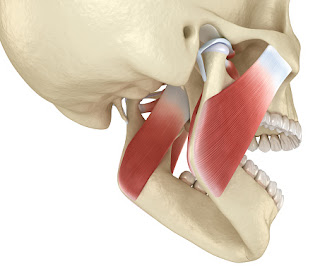Scoliosis Symptoms, Causes And Treatments
Scoliosis is where the spine twists and curves to the side. It can affect people of any age, but most often starts in children aged 10 to 15. Scoliosis can improve with treatment, but it is not usually a sign of anything serious and treatment is not always needed if it's mild.
Symptoms
Symptoms and signs of scoliosis may include:
Uneven shoulders
One shoulder blade that appears more prominent than the other
Uneven waist
One hip higher than the other
If a scoliosis curve gets worse, the spine will also rotate or twist, in addition to curving side to side. This causes the ribs on one side of the body to stick out farther than on the other side.
Causes
Doctors don't know what causes the most common type of scoliosis — although it appears to involve hereditary factors, because the disorder tends to run in families. Less common types of scoliosis may be caused by:
Neuromuscular conditions, such as cerebral palsy or muscular dystrophy
Birth defects affecting the development of the bones of the spine
Injuries to or infections of the spine
Treatments for scoliosis
Treatment for scoliosis depends on your age, how severe the curve is, and whether it's likely to get worse with time Many people will not need any treatment and only a small number will need to have surgery on their spine.
Babies and toddlers may not need treatment as the curve might improve over time. A plaster cast or plastic brace may be fitted to their back to stop the curve getting worse as they grow.
Older children may wear a back brace to stop the curve getting worse until they stop growing. Sometimes surgery may be needed to control the growth of the spine until an operation to straighten it can be done when they stop growing.
Adults may need treatment to relieve pain, such as painkillers, spinal injections and, very occasionally, surgery.
It's not clear whether back exercises help improve scoliosis, but general exercise is good for overall health and should not be avoided unless advised by your doctor.
See a GP if you think you or your child has scoliosis. It's unlikely that there's anything seriously wrong, but it's best to get it checked out The GP will examine your back and can refer you to a hospital doctor for help with diagnosis if they suspect scoliosis.
An X-ray of your back will be carried out in hospital to check whether your spine is curved and how severe the curve is. If you're diagnosed with scoliosis, you should see a specialist to discuss treatment options.




Comments
Post a Comment